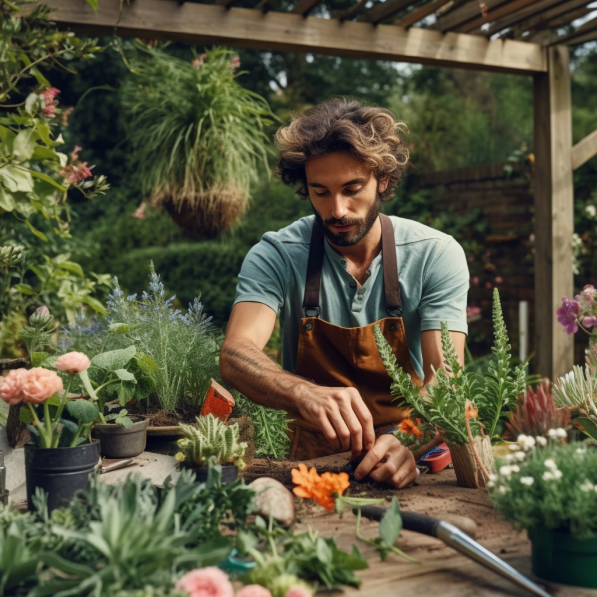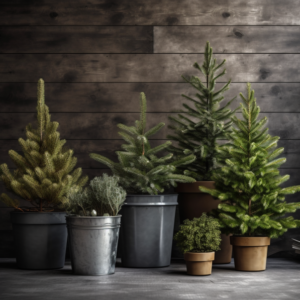Starting your own garden can be a deeply fulfilling experience, a gateway to a greener lifestyle, and a unique way to connect with nature. But for the new gardener, it can also be a bit daunting. There’s a lot to learn, from understanding the right soil to use, to knowing when to plant and how much to water. To help you get started on your gardening journey, here are some essential tips to keep in mind.
1. Understanding Your Garden’s Environment
Before you start planting, it’s essential to understand your garden’s environment. The climate, amount of sunlight, and type of soil in your garden will all significantly affect what plants you can grow and how you should care for them.
Begin by observing the sun’s path in your garden. Some plants require full sun while others thrive in partial shade. Understanding where the sunlight falls in your garden will help you position your plants correctly.
Soil type is another crucial factor. From sandy to clay, different soils have different properties that can affect plant growth. Some plants prefer well-drained sandy soil, while others thrive in moisture-retaining clay. Many garden centers sell soil testing kits, which can help you determine the type and pH of your soil.
2. Choosing the Right Plants
Once you understand your garden’s environment, it’s time to choose your plants. As a new gardener, it’s often best to start with easy-to-grow plants. Herbs like basil and rosemary, vegetables like lettuce and radishes, and flowers like sunflowers and marigolds are all excellent choices for beginners.
When selecting plants, consider not just their growth requirements but also their size at maturity, their color and form, and how they will fit with other plants in your garden.
3. Proper Planting Techniques
Proper planting techniques can make a significant difference in whether your plants thrive or struggle. Each plant has its own preferred depth and spacing requirements, which you should always respect.
When planting, dig a hole twice as wide as the root ball of your plant, but no deeper. Place the plant in the hole so the top of the root ball is level with the soil surface, then backfill with soil and firm it gently around the plant.
4. Regular Maintenance
Regular maintenance is essential for a thriving garden. This includes watering, weeding, pruning, and feeding your plants.
Watering needs vary by plant, but a general rule is to water deeply and less frequently, rather than little and often, to encourage deep root growth. Weeding is also crucial to prevent unwanted plants from stealing nutrients from your garden.
5. Learning from Mistakes
Gardening is a learning process, and every gardener, no matter how experienced, makes mistakes. Don’t be disheartened if a plant dies or if pests invade your garden. Use these experiences as learning opportunities.
Remember, gardening is meant to be a joy, not a chore. Take your time, learn as you go, and most importantly, enjoy the process of watching your garden grow.
Gardening is a journey of continuous learning and discovery. The more you garden, the more you’ll learn about plants and their fascinating lives. So pick up that trowel, get your hands dirty, and start your gardening adventure today. Happy gardening!


